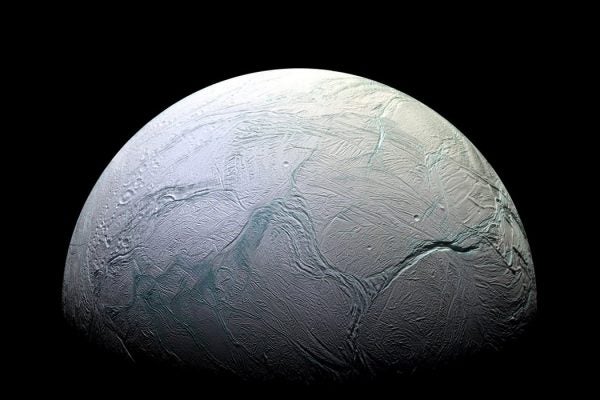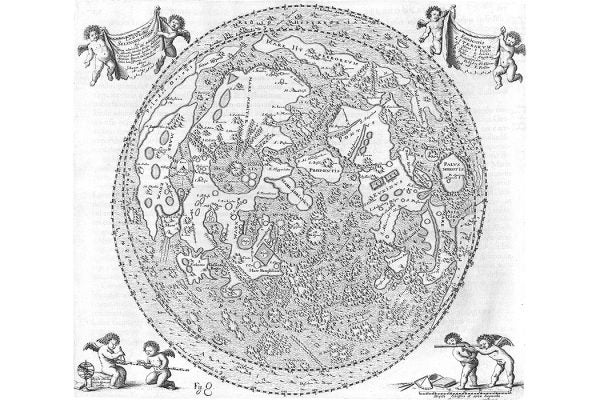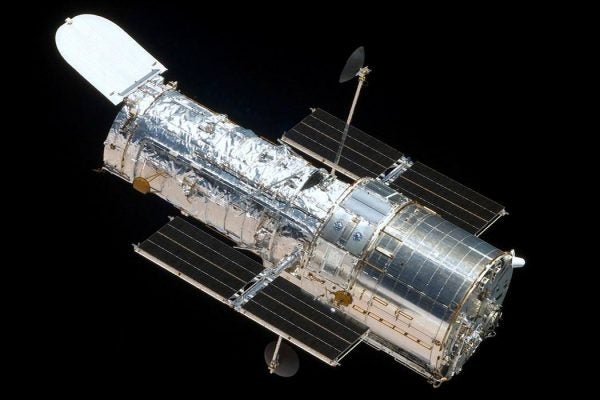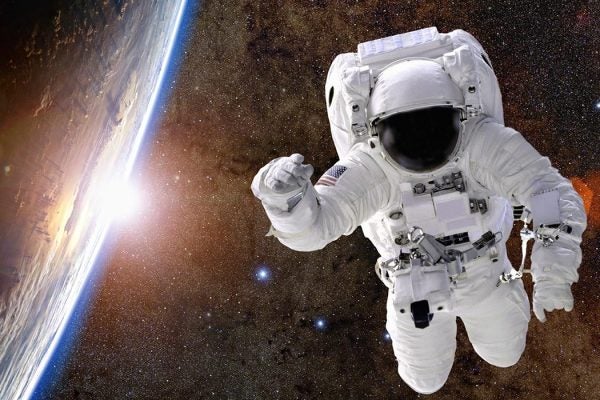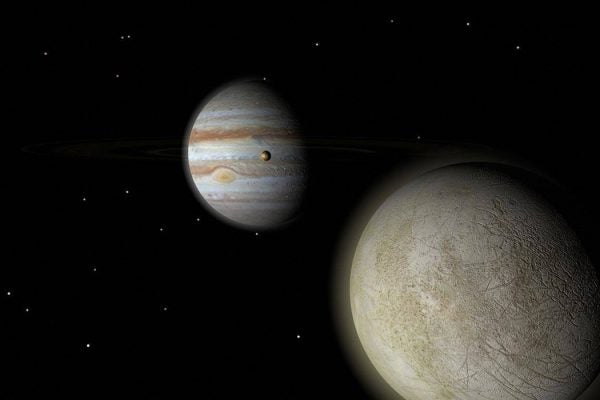The Mysterious Ocean of Enceladus
Saturn’s moon Enceladus has a secret. For some years, scientists have been convinced that there is a liquid ...
Where Did the Moon Come From?
Despite years of study, it is only since the 1980s that a theory of the moon's origin has coalesced.
What the Space Race Left Behind
How should the artifacts of the space race be preserved?
Sending Tiny Robots to the Nearest Star
A group of astrophysicists think they have found a way to send a probe to the newest star system, Alpha Centauri.
The Commercialization of Space
Policymakers and scientists have been thinking about the details of the commercialization of space for decades.
Happy Birthday, Hubble Telescope!
This year, the Hubble Telescope celebrates its 26th year in space.
What Happens To The Body in Orbit?
Scott Kelly has returned from a year in orbit. How has he fared? Turns out space flight really does do a number on the body.
Planet or Not, Pluto is Amazing
Pluto might not be a planet, but the results of the New Horizons mission flyby tell it is still a pretty cool place. And cold!
There May Be a Ninth Planet (And It’s Not Pluto)
Caltech astronomer Michael Brown has proposed the existence of a ninth planet, the existence of which would explain the strange orbits of six KBOs.
The Art of Observing Weather on Distant Planets
Exoplanetary meteorology enables scientists to determine weather patterns on planets too far for direct observation.
